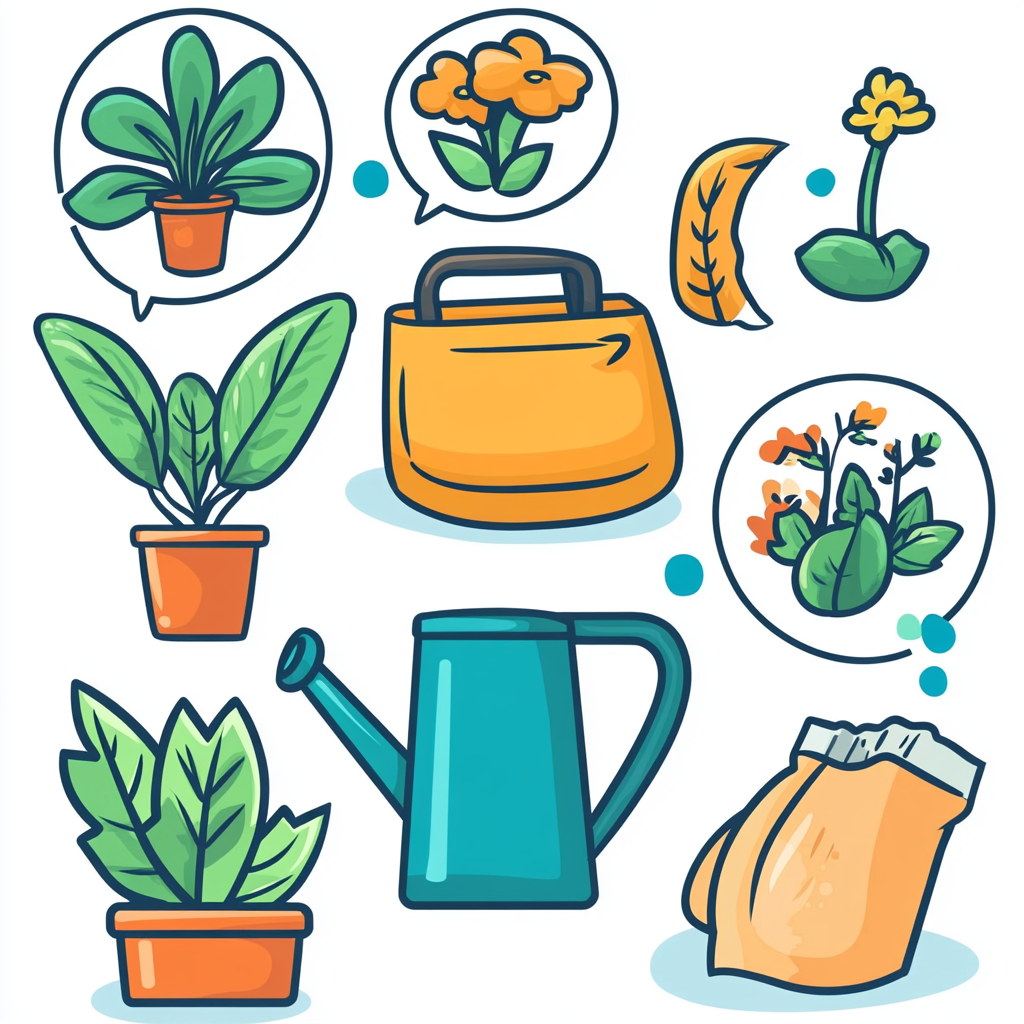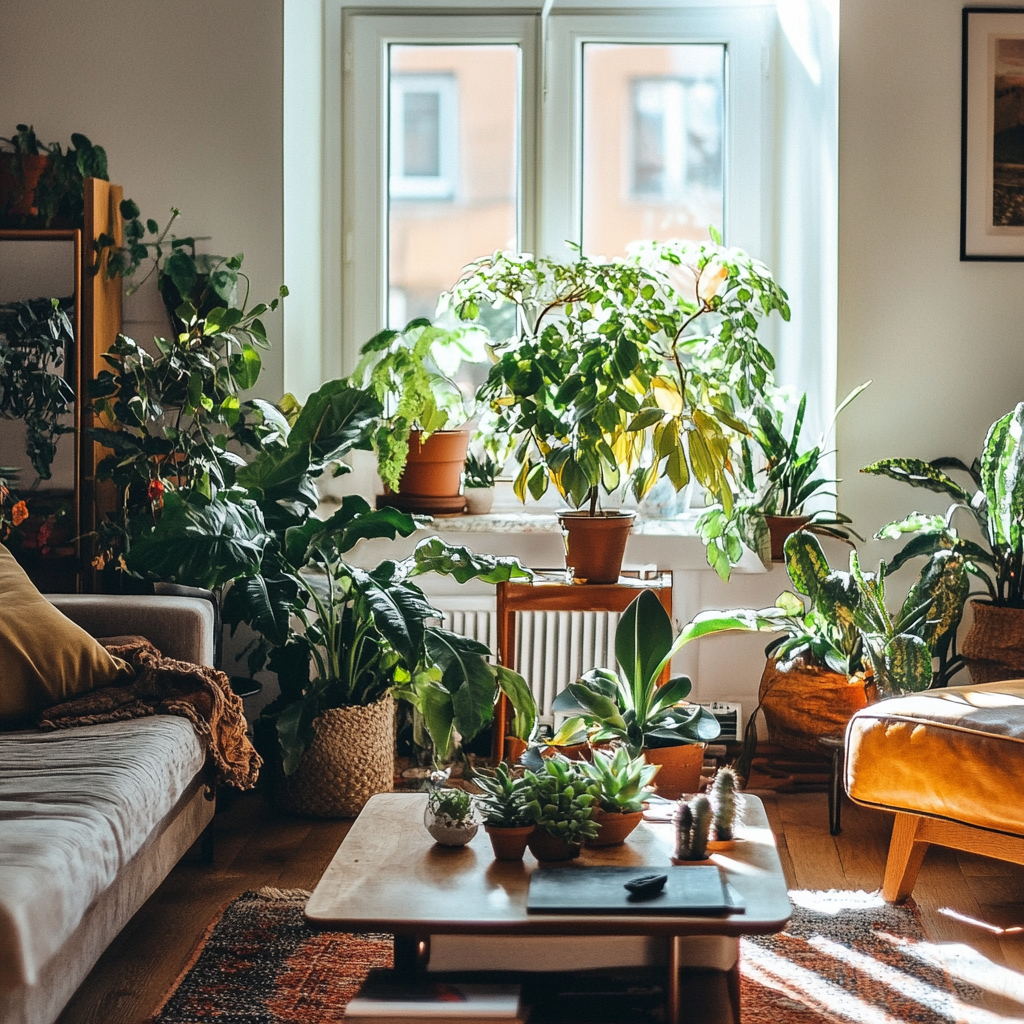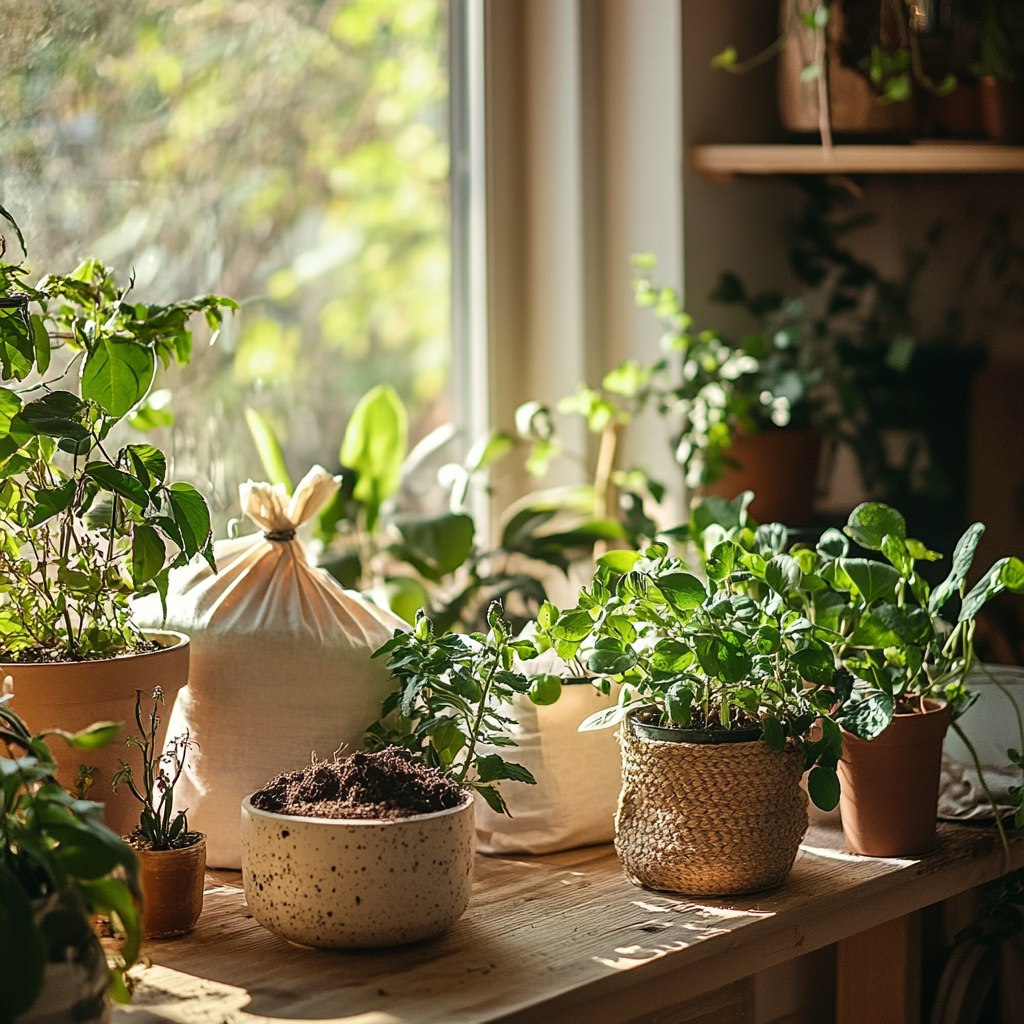Indoor plants add a lovely touch to any area. But only sunlight and water do not meet the requirement to make a plant healthy. Proper nutrition for every plant is necessary, and fertilizers play an important role in giving proper nutrition. Here is a list of the top 10 best fertilizers for indoor plants to help you learn about their advantages and how to use them.
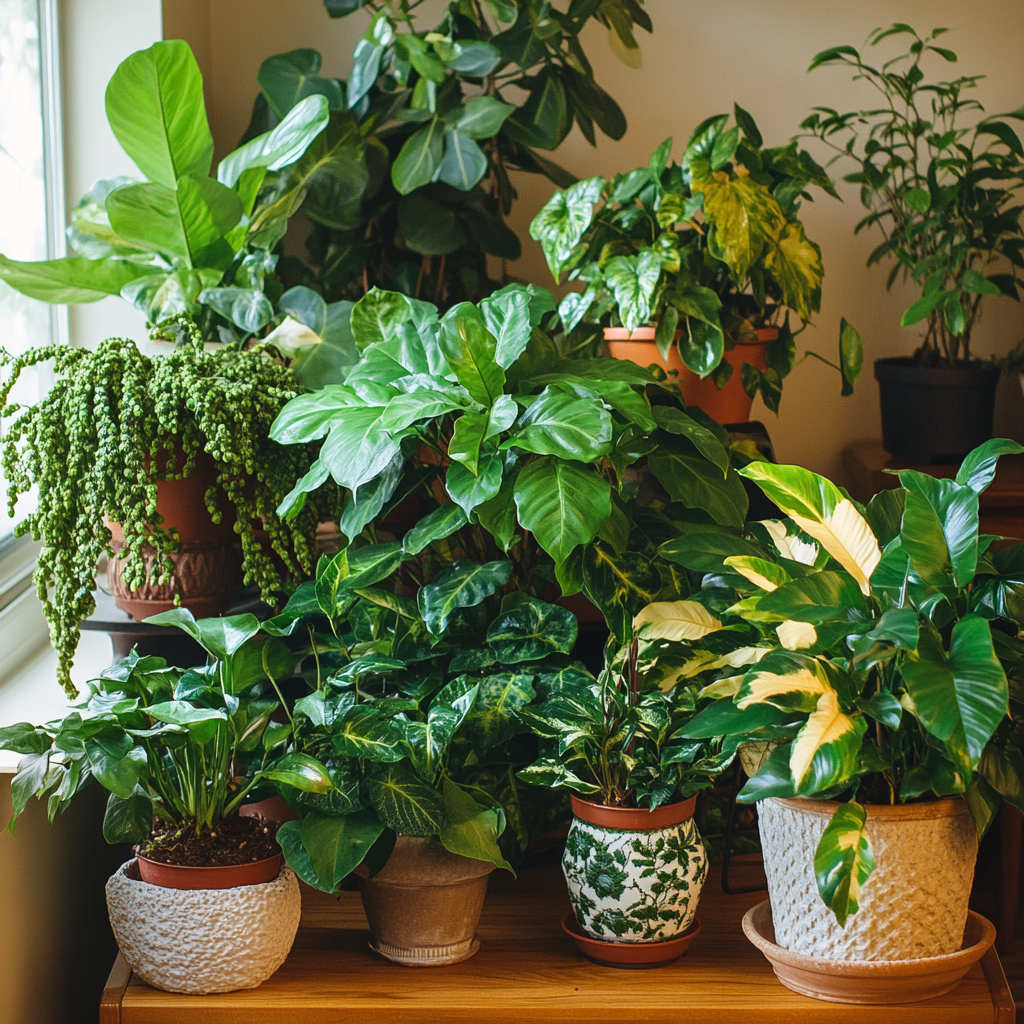
Importance of Fertilizer
Fertilizers are essential substances that provide nutrients to plants that they need for growth. Humans need vitamins and minerals in the same way plants require certain elements for growth and development. Outdoor-grown plants have some access to nutrients, but indoor plants have limited access to natural nutrients, so they need to be provided fertilizer to fill the nutrient requirement. As the soil in pots dries out over time, plants may experience deficiencies if it is not replenished.
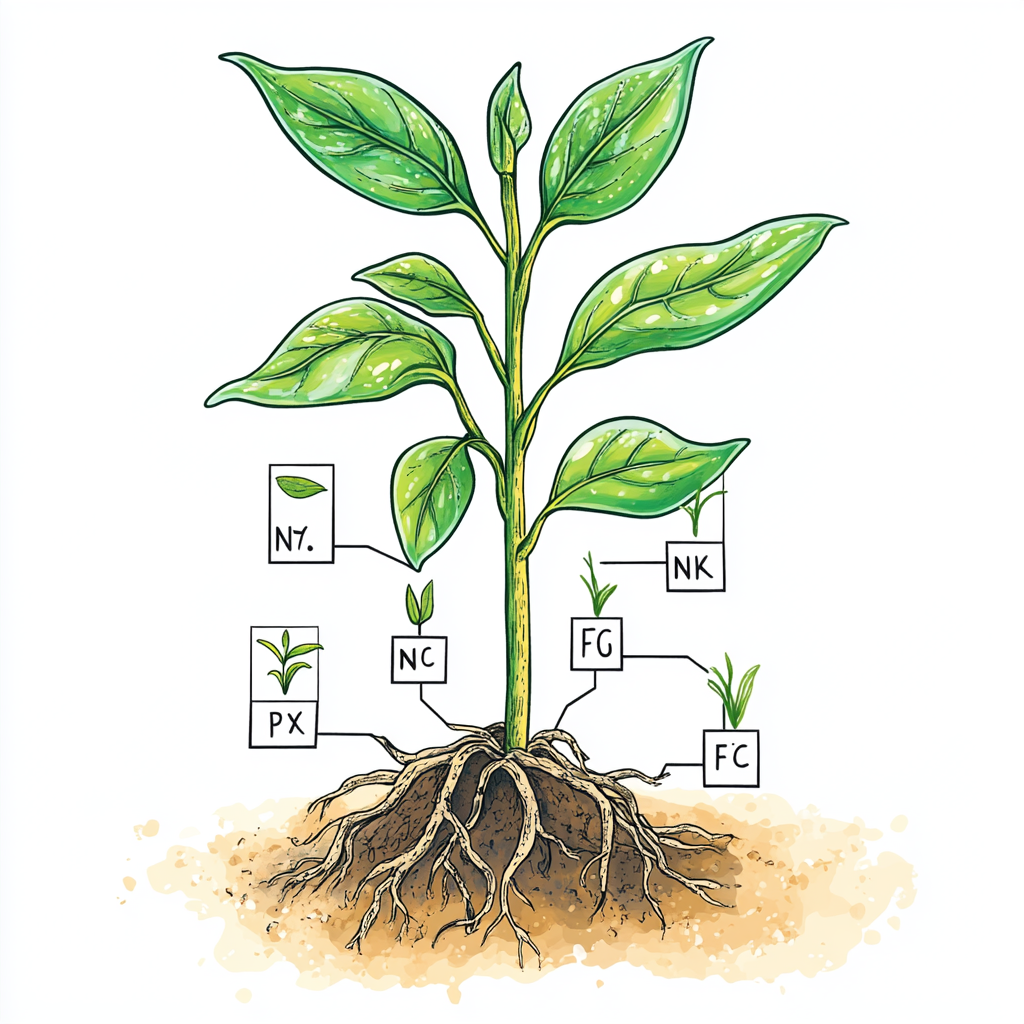
Essential Components of Fertilizers
Phosphorus (P): Encourages root development and triggers blooming.
Nitrogen (N): Nitrogen is a very important component in photosynthesis. It promotes green, leafy plant growth.
Potassium (K): Helps the overall growth of the plants and improves their resistance against diseases.
The most important micronutrients, including calcium, magnesium, and iron, ensure root growth and development, chlorophyll production, and enzyme functions.
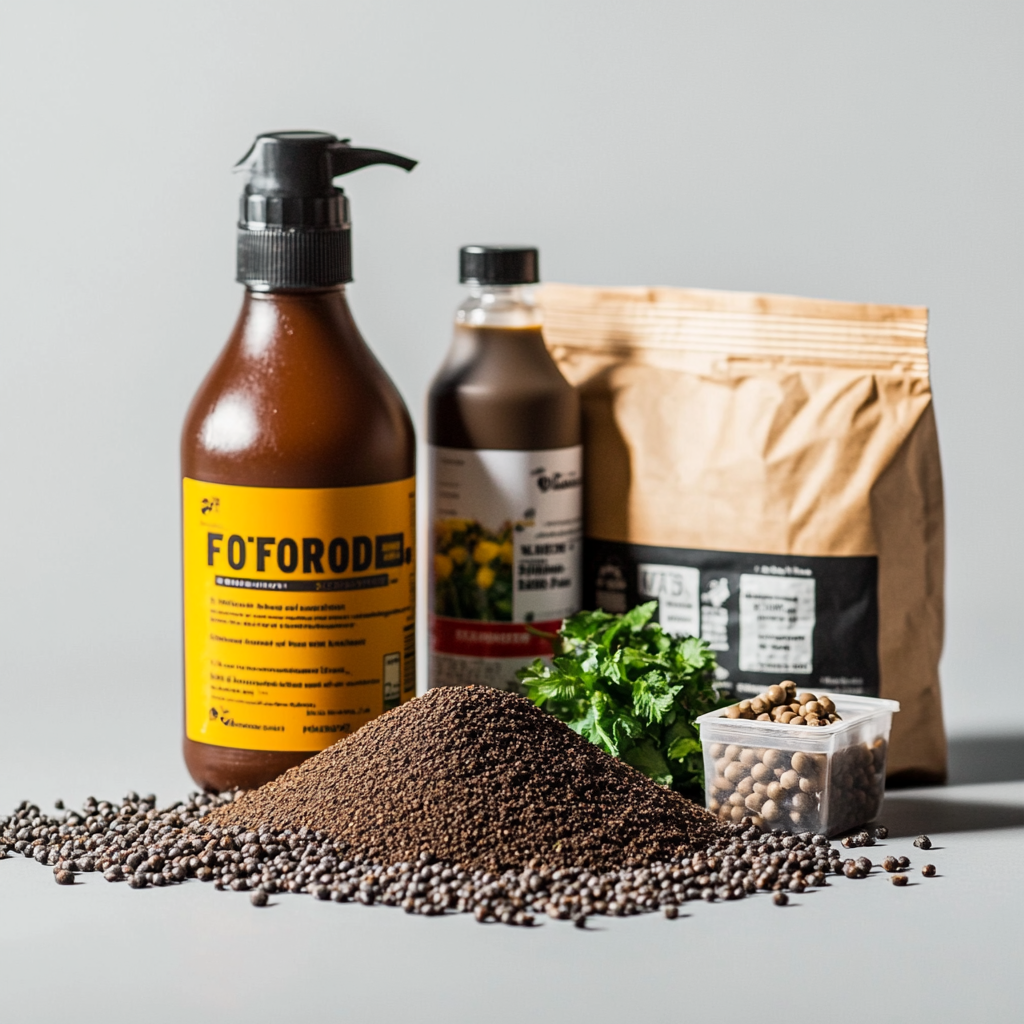
Types of Fertilizers for Indoor Plants
Liquid Fertilizers:
Liquid fertilizers are concentrated solutions that one mixes with water for application directly to the soil. Plants absorb them quickly, making them effective immediately.
Slow-Release Fertilizers:
These are usually granular types of fertilizers, which release the nutrients within them over some time. They are perfect for people who don’t have much time to frequently fertilize plants. Once applied, they will continue to nourish the plants for several months.
Organic Fertilizers:
Organic fertilizers are manufactured using compost, fish, or seaweed as raw materials to improve soil quality and provide the necessary nutrients to the plant. They are environmentally friendly and promote healthy and sustainable growth.
Synthetic Fertilizers:
These are chemically formulated fertilizers that provide only a single or some essential nutrients. They act very fast and are low-cost compared to organic fertilizers. Synthetic fertilizers are effective for addressing specific deficiencies in plants.
Specialty Fertilizers:
Specialty fertilizers are formulated for specific types of plants, like orchids, succulents, or flowering plants. For example, a fertilizer for flowering plants will contain more phosphorus to promote blooms.
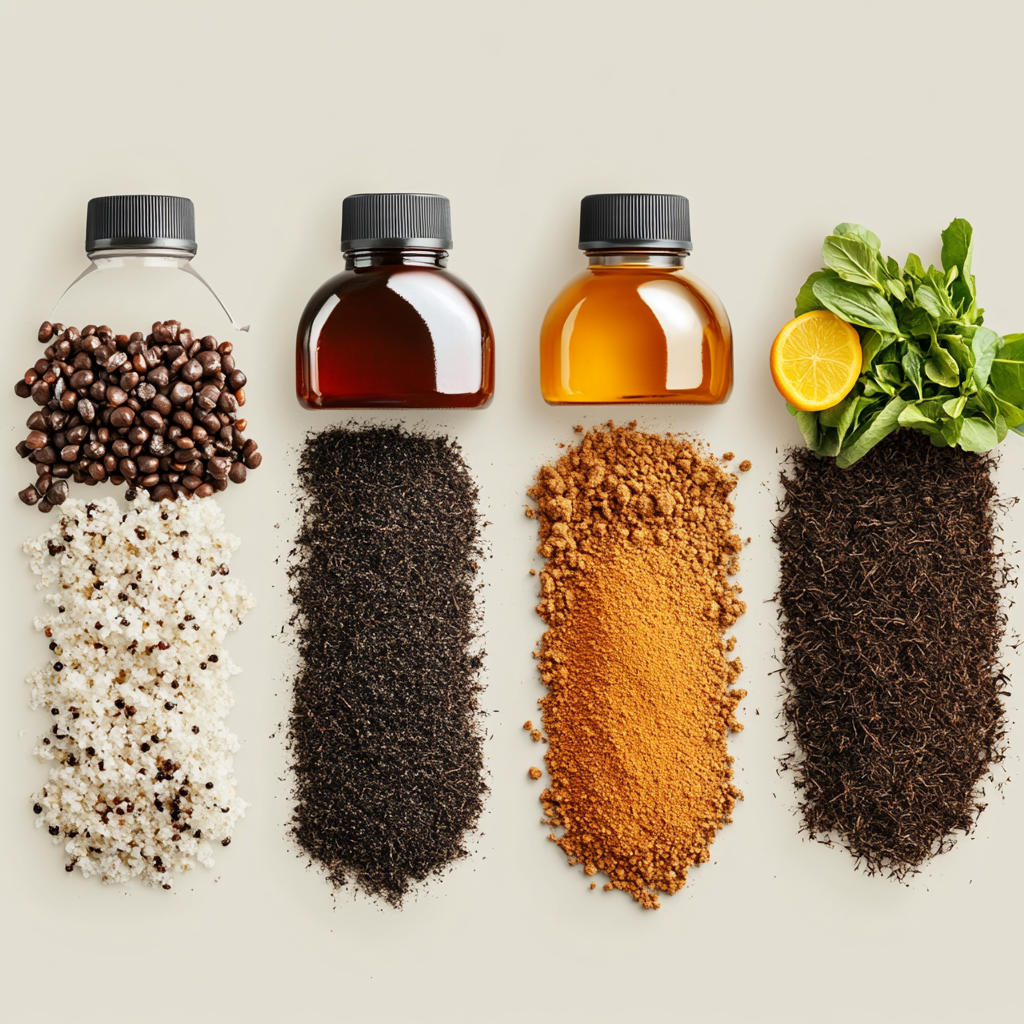
How to Choose Indoor Plant Fertilizer
Choosing the right fertilizer depends on the type of plants you have and their specific nutritional needs. Here’s how to make an informed decision:
Leafy Green Plants:
These plants, like ferns and pothos, need fertilizers high in nitrogen (N) to promote lush, green foliage. Look for a balanced NPK ratio like 20-20-20.
Flowering Plants:
Plants that bloom, such as African violets or orchids, benefit from fertilizers with higher phosphorus (P) content. Phosphorus promotes the growth of roots and flowers.
Succulents and Cacti:
These plants need less frequent fertilization and thrive with a specialized succulent fertilizer that has a lower nitrogen content. Over-fertilizing can cause leggy growth.
Check the NPK Ratio:
The NPK ratio indicates the percentage of nitrogen, phosphorus, and potassium. For general use, a balanced fertilizer (like 10-10-10) is versatile, while specialized fertilizers target specific needs.
Organic vs. Synthetic:
Organic fertilizers improve soil structure and are environmentally friendly, but they may act more slowly. Synthetic fertilizers offer immediate results and precise nutrient control, making them ideal for quick fixes.
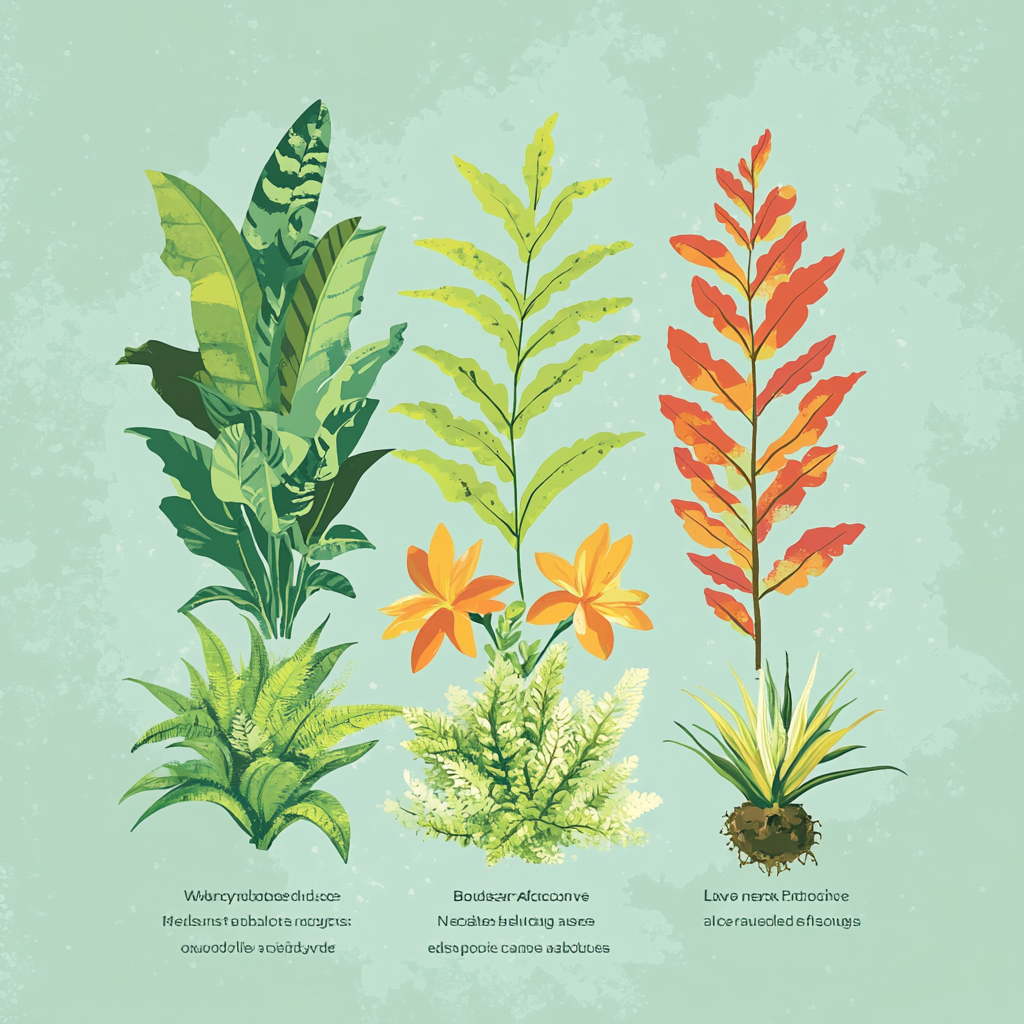
Best Top 10 Fertilizers for Indoor Plants
1.Miracle-Gro Indoor Plant Food
Type: Liquid Fertilizer
Best for general-purpose use on most indoor plants, including leafy greens and flowering plants. Miracle-Gro is one of the more well-trusted brands out there among plant enthusiasts. The use of this liquid fertilizer is very easy. It needs only to be mixed with water and applied once every two weeks. The formula gives your plants a balanced NPK for healthy growth, vibrant leaves, and strong stems.
2.Jobe’s Organics Fertilizer Spikes
Type: Slow-Release Organic Spikes
Best for low-maintenance feeding of larger potted plants and general indoor varieties. This fertilizer is convenient and mess-free. These release nutrients slowly over several months, reducing the need for frequent applications. It is composed of natural ingredients that provide healthy, sustainable growth. Stick spikes into the soil near the base of the plant.
3.Espoma Organic Indoor Plant Food
Type: Organic Liquid Fertilizer
Best for snake plants, ferns, and other leafy green plants. This organic formula from Espoma offers well-balanced nutrition through the addition of kelp extract and yucca extract for a nutrient-rich soil booster to help in strong, healthy growth. Apply the mixture with water every two to four weeks.
4.Osmocote Smart-Release Plant Food
Type: Slow-Release Granules
Best for larger plants’ long-term feeding, tropical varieties, and flowering plants. Osmocote granules slowly release nutrients over six months for consistent feeding. It’s perfect for plant owners who would like a low-maintenance feed. Apply granules to the ground and water thoroughly.
5.Neptune’s Harvest Fish & Seaweed Fertilizer
Type: Organic Liquid Fertilizer
Best for flowering plants, herbs, and vegetables. This is a natural source of micronutrients and growth stimulants that come from fish and seaweed. It offers superior blooms, strong roots, and overall health for plants. Dilute with water and apply to the soil or leaves.
6.Schultz All-Purpose Liquid Plant Food
Type: Liquid Fertilizer
Best for small flowering plants to foliage crops. This inexpensive fertilizer is easy to use and offers balanced nutrients. It’s perfect for beginners looking to boost their plants’ health without hassle. Add a few drops to water and apply weekly.
7.FoxFarm Grow Big Liquid Plant Food
Type: Specialty Liquid Fertilizer
Best for flowering and fruiting plants like orchids, begonias, and citrus trees. FoxFarm’s formula has a higher phosphorus content, promoting vigorous growth and better bloom development. Mix with water and apply during the growing season.
8.EarthPods Organic Plant Food Capsules
Type: Organic Slow-Release Capsules
Best for small indoor plants, succulents, and herbs. Pre-measured capsules release nutrients gradually and are mess-free. Simply insert the capsule into the ground close to the plant’s roots.
9.Bonide Liquid Plant Food
Type: Liquid Fertilizer
Best for fast feeding of immediately starving plants. This fast-acting fertilizer provides immediate results. Dilute with water and apply every 7-10 days.
10.Jack’s Classic Houseplant Fertilizer
Type: Synthetic Water-Soluble Fertilizer
Best for consistent feeding of all indoor plants, including leafy and flowering varieties. It provides consistent results, from healthy foliage to robust roots. Mix with water and apply during the growing season.
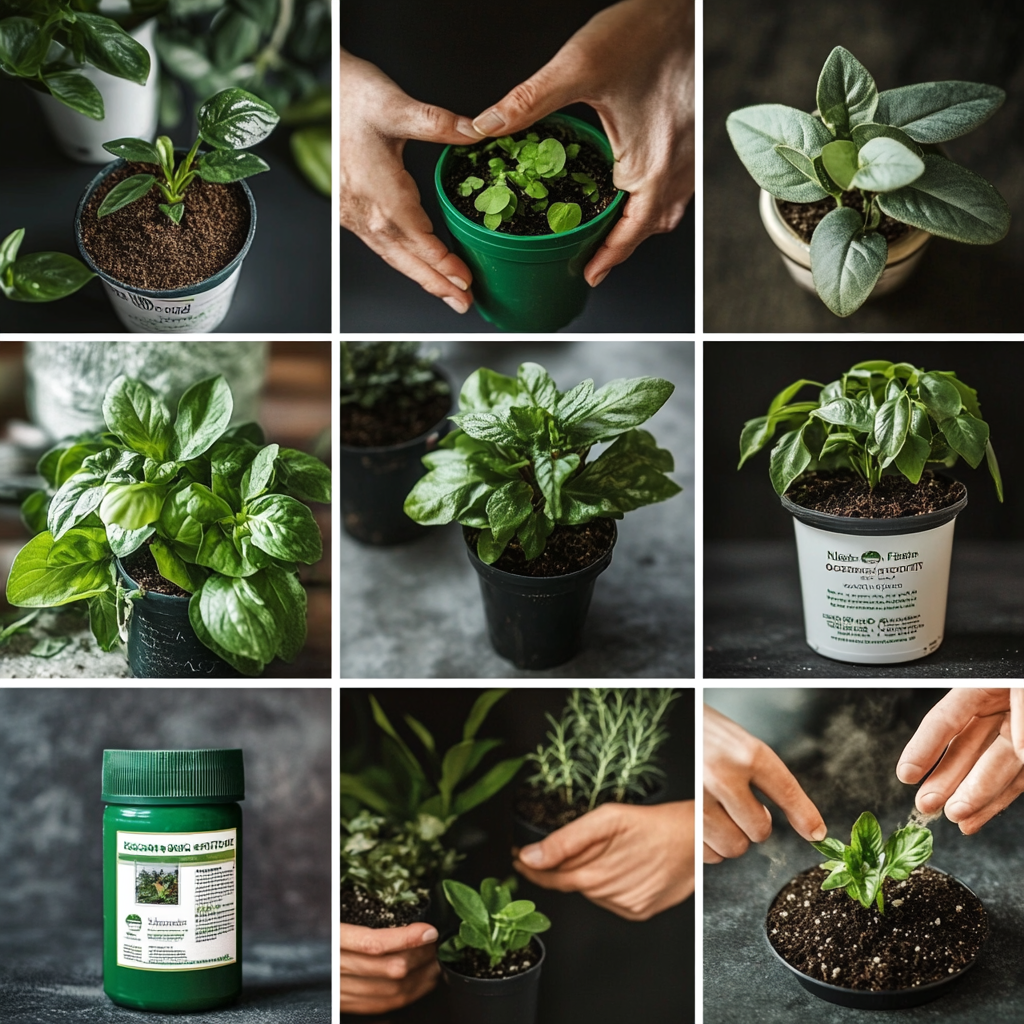
How to Fertilize Indoor Plants Properly
Fertilizing indoor plants is simple, but following the correct process ensures they get the right nutrients without harm.
When to Fertilize:
Indoor plants typically grow actively during the spring and summer months. During fall and winter, most plants enter a dormant phase, and fertilization should be reduced or stopped unless they are winter growers.
How Often to Fertilize:
- Liquid Fertilizers: Apply every 2-4 weeks.
- Slow-Release Fertilizers: Apply every 3-6 months.
- Organic Fertilizers: Typically every 4-6 weeks.
Application Techniques:
- Liquid Fertilizers: Mix with water and pour directly into the soil.
- Slow-Release Granules or Spikes: Insert or sprinkle evenly around the plant’s base and water thoroughly.
- Foliar Feeding: Spray directly on leaves if supported by the fertilizer.
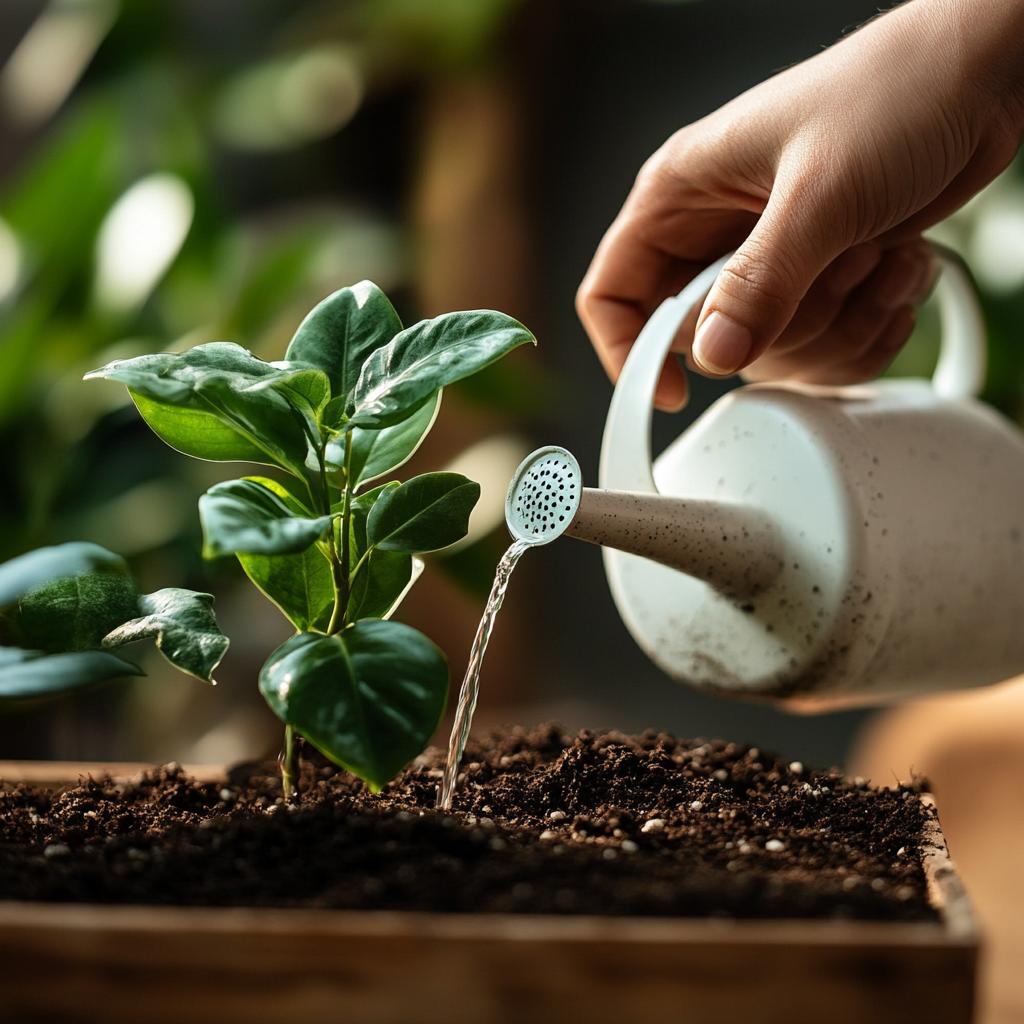
Common Mistakes to Avoid During Fertilizer Application
Over-Fertilizing: Too much fertilizer can cause nutrient build-up, leading to fertilizer burn. Symptoms include yellowing leaves and stunted growth.
Using the Wrong Fertilizer: Choose based on the plant’s needs.
Ignoring Instructions: Follow guidelines for dilution and application.
Fertilizing During Dormancy: Avoid feeding during the colder months.
Fertilizing indoor plants is essential for maintaining their health, promoting growth, and enhancing their natural beauty. By understanding the different types of fertilizers and how to use them correctly, you can ensure your indoor garden thrives.
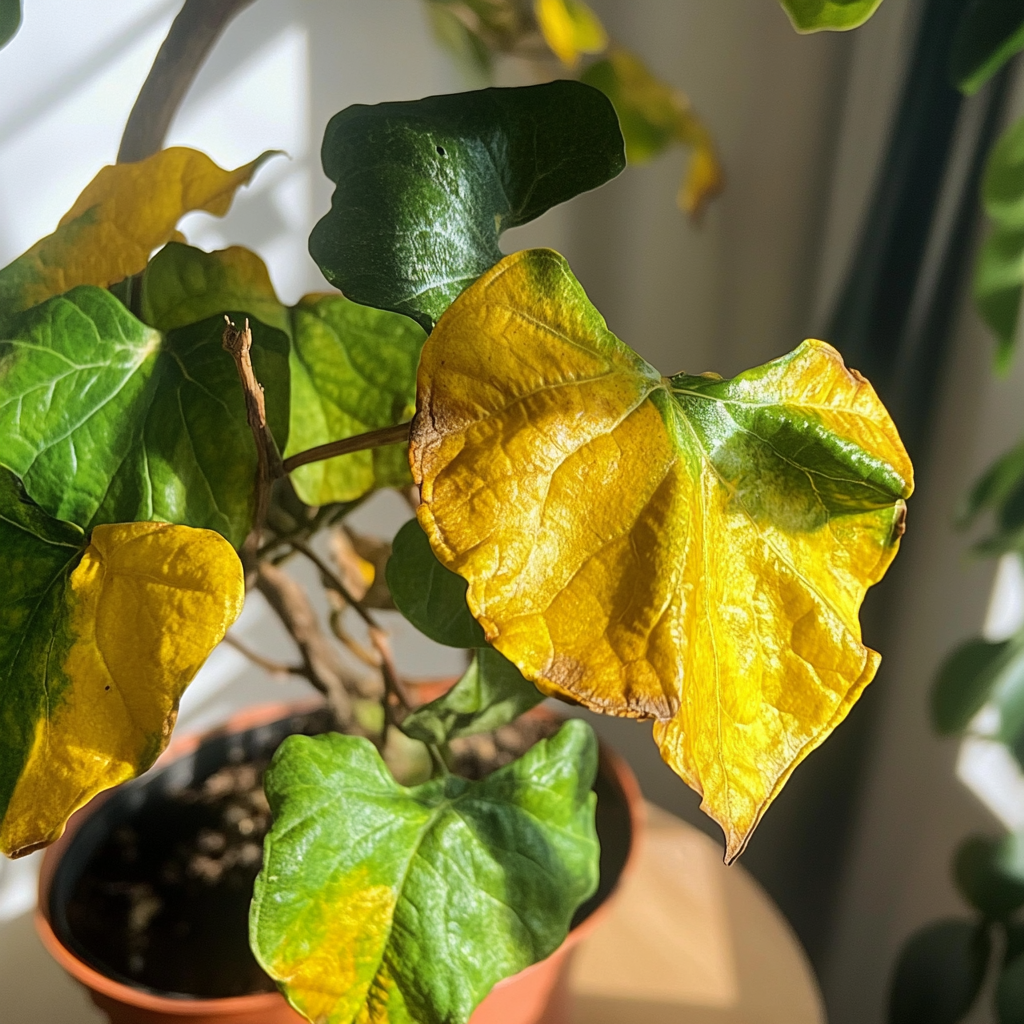
Frequently Asked Questions (FAQs)
1. How often should my houseplants be fertilized?
Most indoor plants need fertilizing every 2-4 weeks during their growing season (spring and summer). Slow-release fertilizers may only require one or two applications per season.
2. Can I use outdoor plant fertilizers for indoor plants?
Yes, but with caution. Outdoor fertilizers are often more concentrated, so use a smaller amount to avoid over-fertilizing indoor plants.
3. What’s the best fertilizer for beginners?
Liquid or slow-release fertilizers are the easiest to use. Miracle-Gro Indoor Plant Food or Espoma Organic Indoor Food are excellent beginner options.
4. How do I know if my plant needs fertilizer?
Weak stems, slow growth, and pale or yellow leaves are indicators of nutrient deficiencies. However, ensure these issues aren’t due to overwatering or poor light conditions first.
5. Can I fertilize all indoor plants the same way?
No, different plants have unique needs. For example, succulents need less frequent feeding with specialized low-nitrogen fertilizers, while flowering plants require a higher amount of fertilizer.
